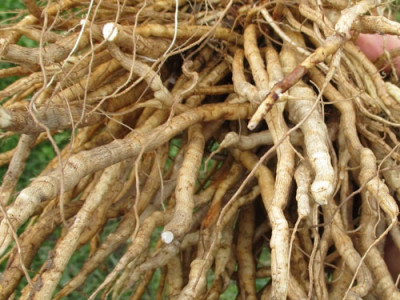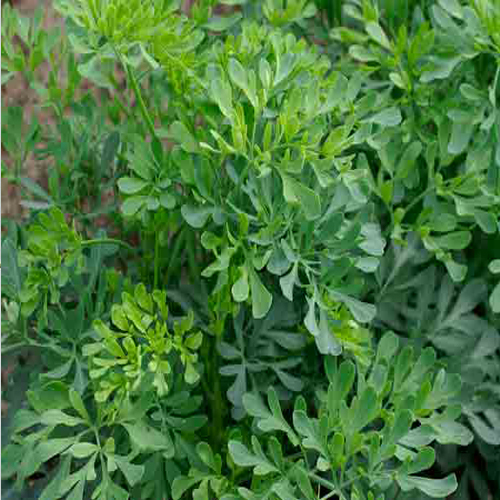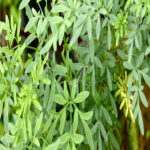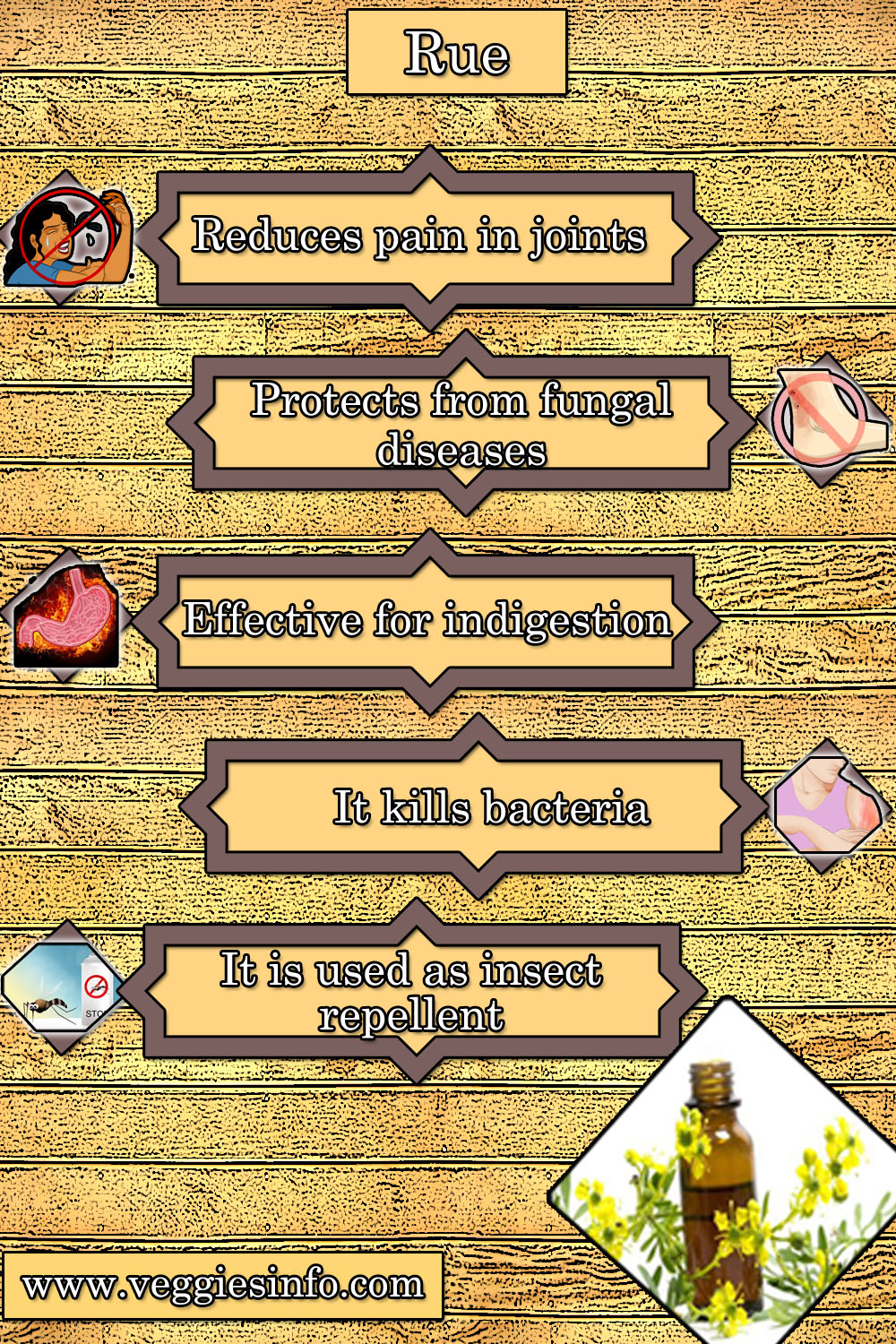

Rue And Its Amazing Medicinal Values
Rue And Its Amazing Medicinal Values
Everyone likes to adore the beauty of ornamental flowers that are found naturally in forests, botanical garden and in lavish parks. “Rose” which is considered as a beautiful flower is shared with others to express feelings or emotions.
Some of the most beautiful plant that is found on the planet is Dahlia which is found in Central America, Bleeding heart, Rose, Tulip, White lotus and Lily of the Valley. These flowers are extremely beautiful and the eyes will become when someone observe these wonderful plants.
This topic will deal with a plant named Rue. The botanical name of this plant is Ruta graveolens.
It is also called as common rue or herb-of-grace.
Native And Growth
This ornamental plant is a native to Balkan Peninsula. The other common names of this plant are herb-of-grace and common rue. Rue is now found as ornamental plant in many parts of the world.
This plant which has bluish leaves is cultivated as a medicinal herb, as a condiment and as an insect repellent. A famous book on botany named Tacuinum Sanitatis lists certain wellness properties about rue.
It states that rue has the ability to sharpen the eyesight and dissipates flatulence, augments the sperm and dampens the desire for coitus. The refined oil of rue has the potency to abort a child. This plant is found near a fig tree and in warm conditions.
Rue Uses And Properties
- Kashmiris roast the hue and spread the fumes across all the rooms to keep the evil away on special occasions like birthday, marriages etc.
- It is also used as an insect repellent.
- Though it was a very famous herb in olden days, now it has lost its sheen and it is not found much in modern cuisines.
- This plant was used extensively in Roman cuisine. Rue leaves are used in various Ethiopian cuisines.
- Rue is used as a traditional flavoring in Greece and other Mediterranean countries. In Northern Italy, it is used as a flavor in grappa/rake.
- Grappa all Ruta is very famous in Italy where a little part of the plant is preserved in the bottle.
- The seeds are used in porridge and the leaf is added in eggs, cheese, fish or mixed with damson plums.
- In Italy, the juvenile branches are dipped in a batter and fried in the oil and consumed with salt or sugar.
- Italians also use to aromatize a specific type of omelets. It is also used to flavor Old World beers.
Facts of Rue
- Cats generally dislike the smell of the plant and stays away from it.
- Caterpillars feed on rue and in many parts of South India rue is grown to repel snakes.
- Large doses will lead to gastric pain, vomiting and other complications and many even lead to death.
- Herbal preparations derived from rue can cause blisters on the skin and other such complications.
- This plant has various useful chemicals like coumarins and limonoids.
- Shakespeare has mentioned about this plant in his famous play “Hamlet”.
- Rue is considered a national herb of Lithuania and is referred as herb in their folk songs.
- The Lithuanians wear rue at the wedding ceremonies.
- This plant is also very famous in Ukraine.



